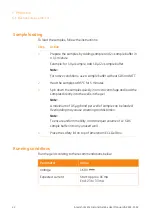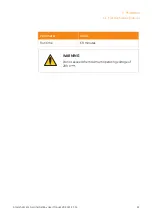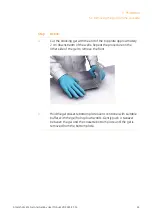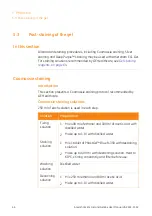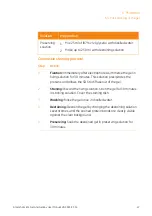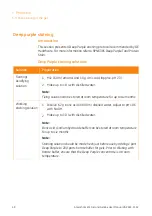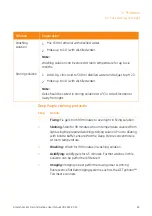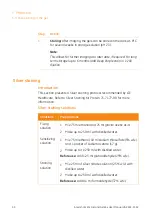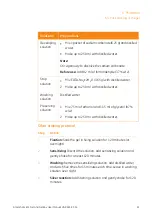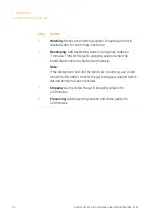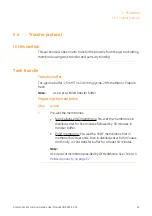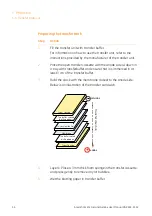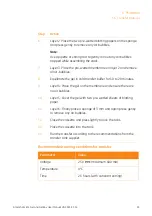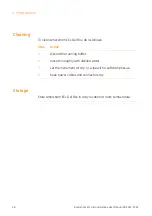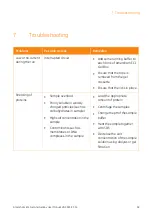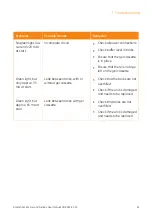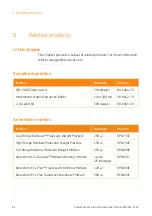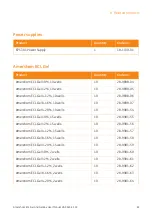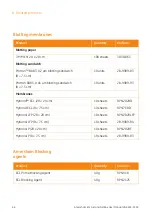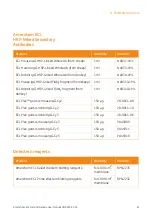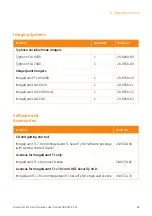
Semi-dry transfer
Introduction
In semi-dry transfer, the gel is placed in direct contact with the membrane
and several layers of filter papers soaked in transfer buffer are placed above
and below the gel and the membrane.
•
The filter papers, gel and membrane are sandwiched between two
plates that form an anode and a cathode when an electric field is
applied.
•
The filter papers and the membrane should be carefully cut to be a few
millimeters smaller than the length and the width of the gels. This
ensures that the filter papers and membranes do not overlap the gel,
forming a potential short cut for the current, leading to inefficient or
uneven transfer of proteins.
•
Ensure that no air bubbles form when applying the gel to the membrane.
Bubbles will cause blank spots on the membrane where no protein
transfer occurs.
•
Prolonged semi-dry blotting may lead to overheating and gel drying
due to buffer depletion. Semi-dry transfer works well for most proteins
but may be less efficient for large proteins.
Protocol information
Please refer to 28-4025-91 for detailed instructions for use of Semi-dry
blotters TE70 and TE77.
Post transfer
After transfer, continue with Western blotting detection or Post-staining
detection. For information regarding GE Healthcare recommended products,
see
Chapter 8 Related products, on page 62
56
Amersham ECL Gel and Gel Box User Manual 28-9943-33 AC
5 Protocols
5.4 Transfer protocol
Summary of Contents for Amersham ECl Gel Box
Page 1: ...GE Healthcare Life Sciences Amersham ECL Gel Box User Manual ...
Page 2: ......
Page 4: ......
Page 70: ......
Page 71: ......

